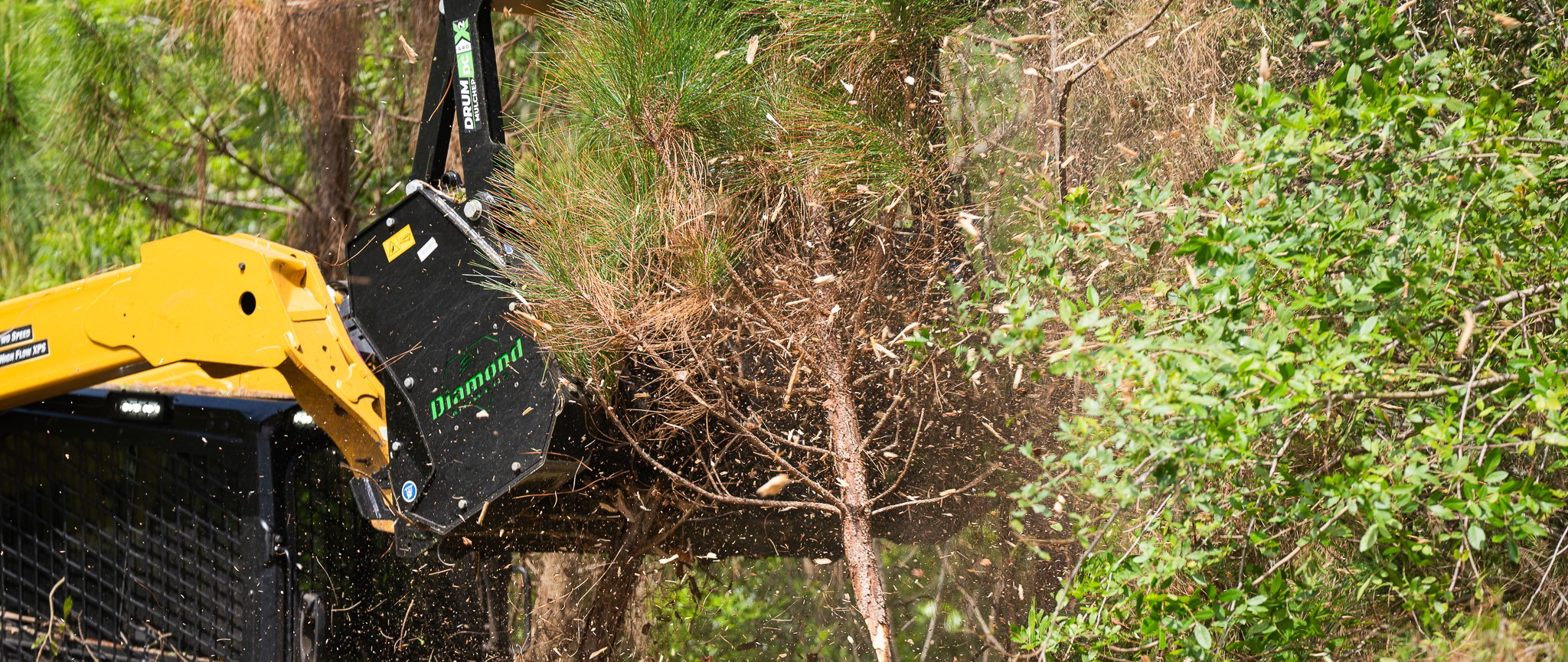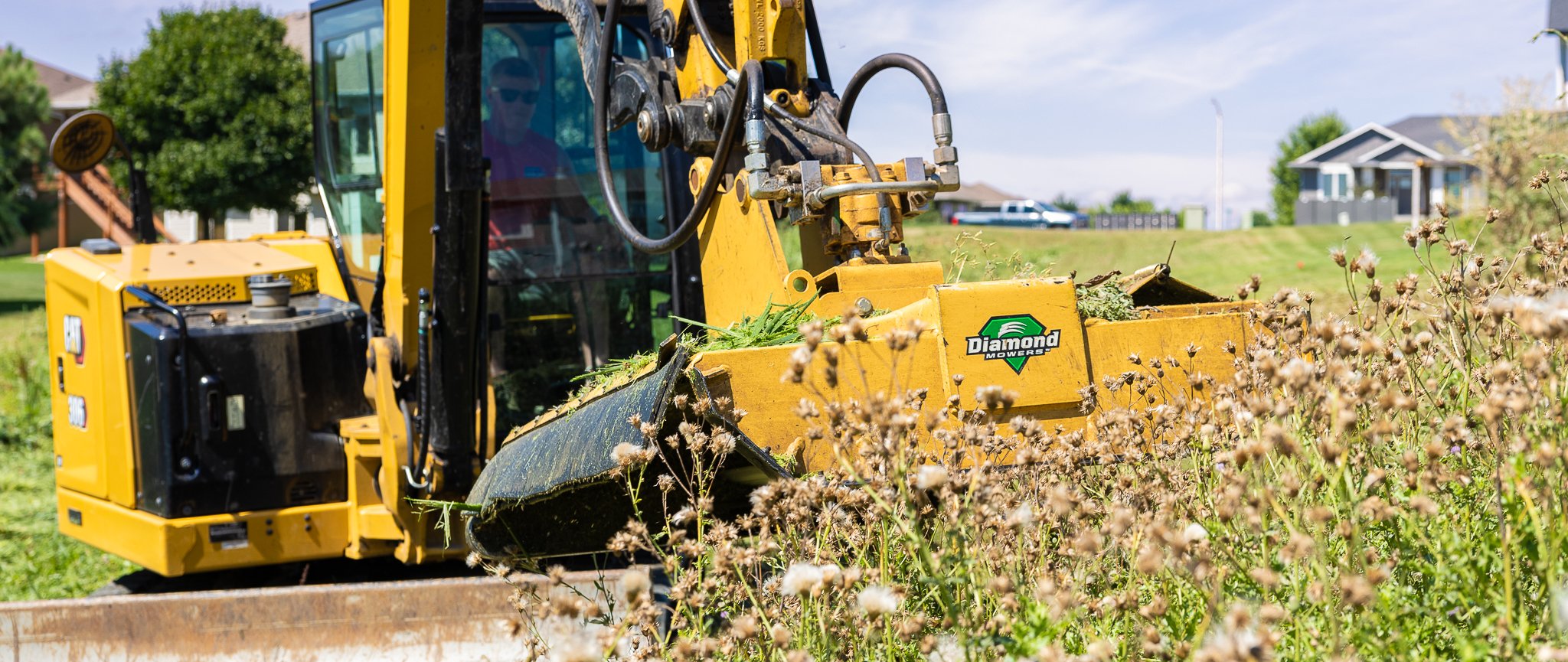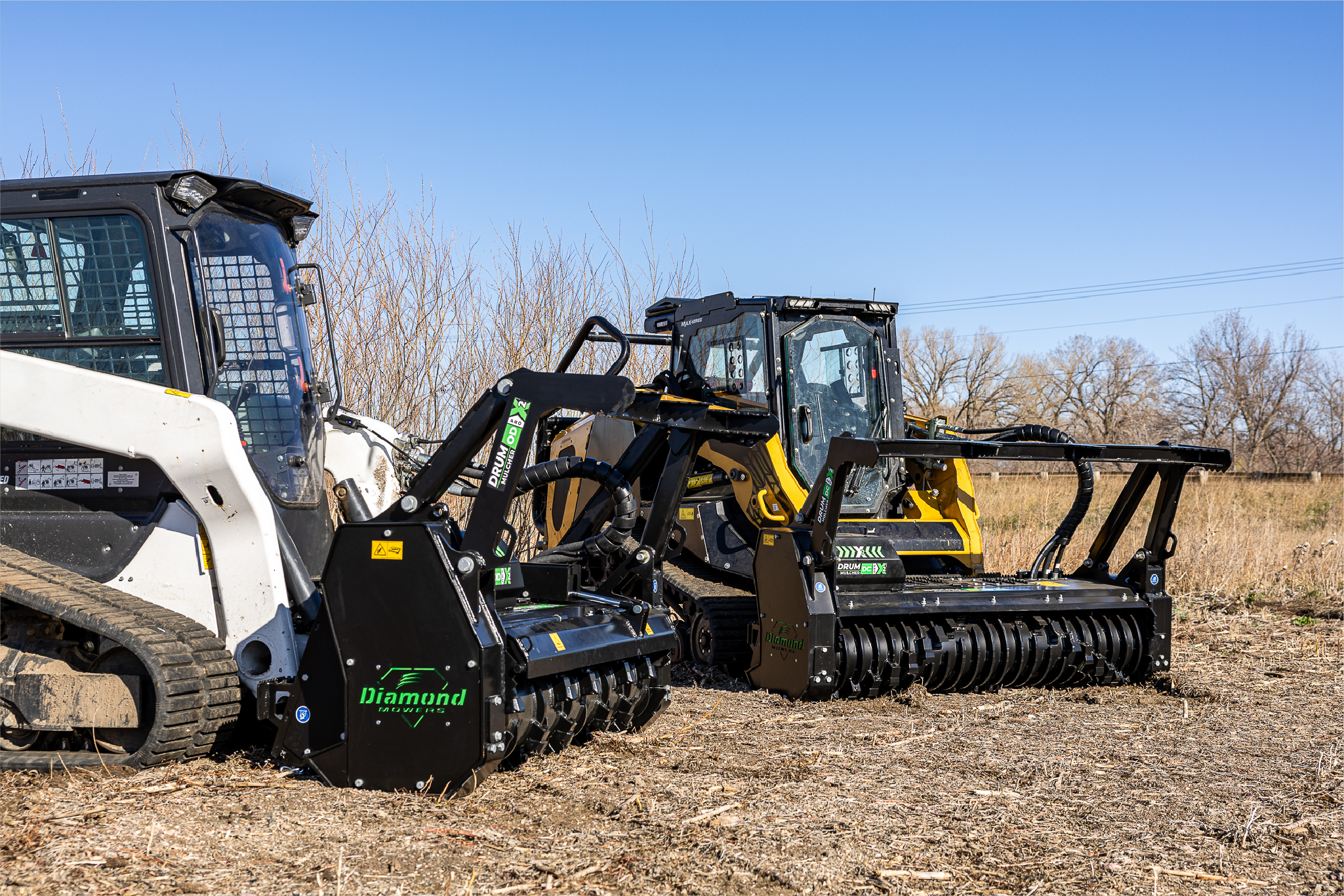Hydraulic Cleanliness Best Practices
Mar 29, 2019 . 3 min read
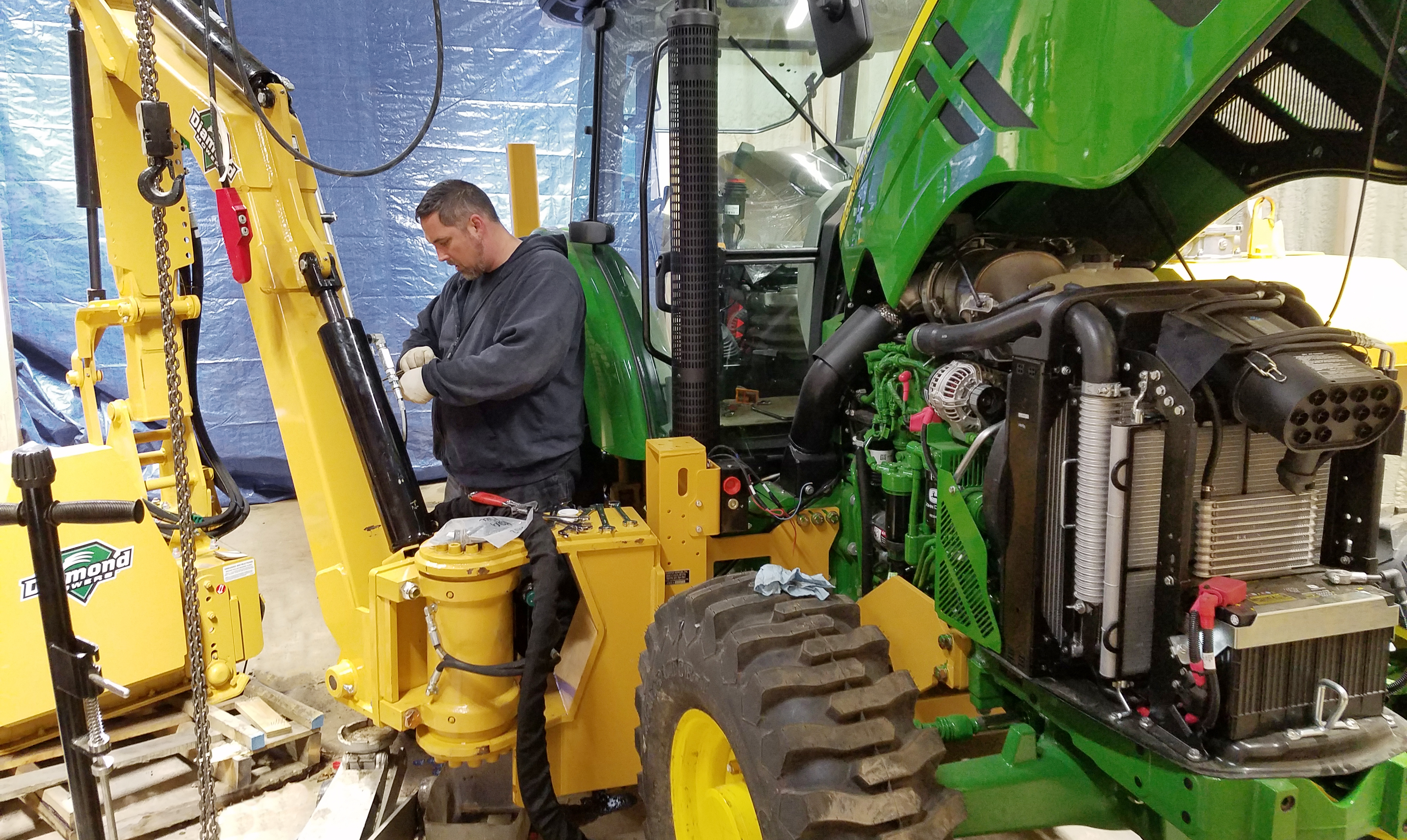
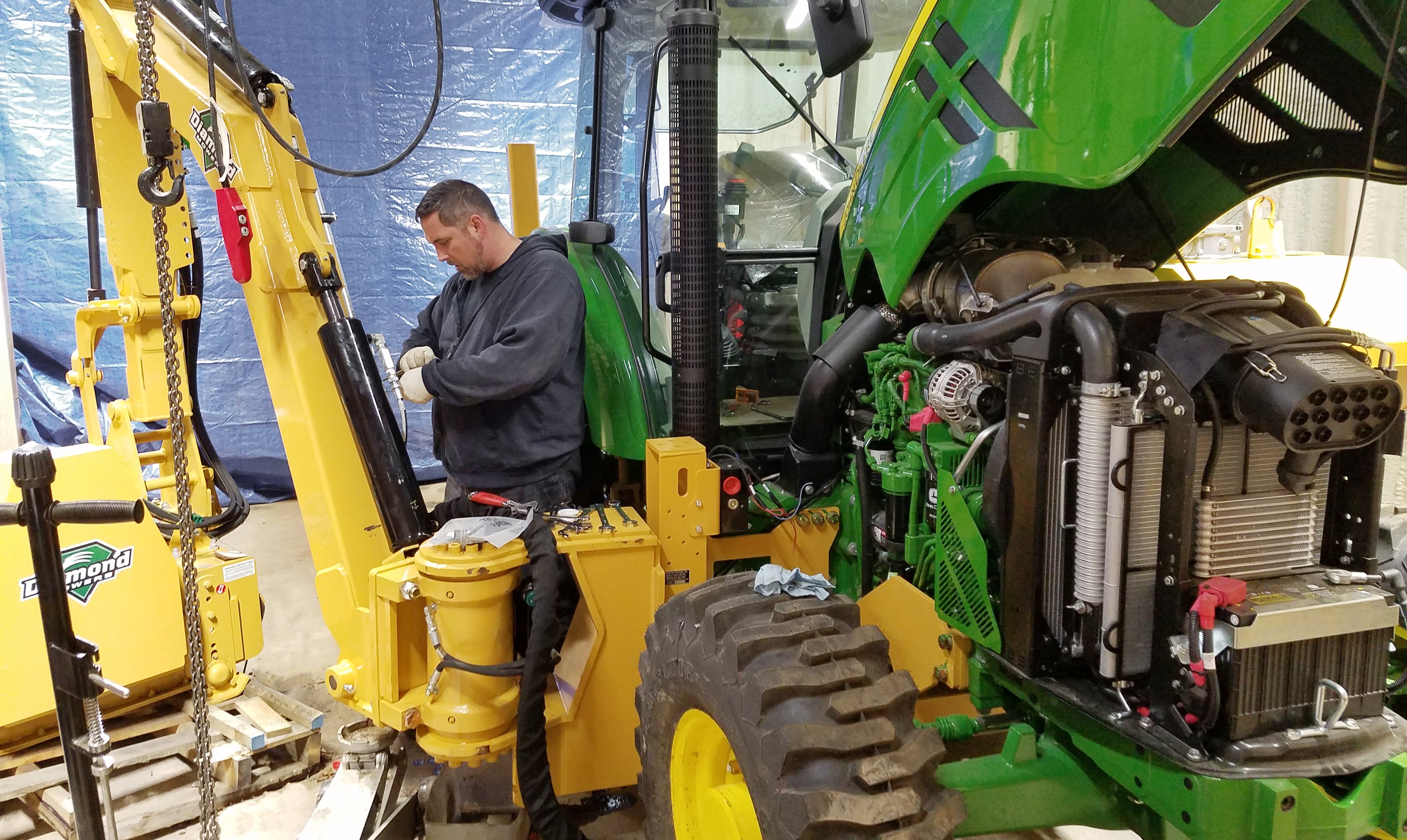
Did you know that nearly 80% of all problems in hydraulic systems can be traced back to contaminated fluid? Maintaining a clean hydraulic system is of paramount importance for equipment long life and efficient operation.
New Oil Is Not Necessarily Clean Oil
Most 55-gallon oil drums have an ISO rating of 23/21/18 or worse. This rating is typically not clean enough for standard hydraulic applications.
- Pre-filter oil into a new, sterile container, or place sufficient filtration in-line so only clean fluid is added to machinery.
- It is recommended to pre-filter the oil through a kidney loop before startup.
- New, unfiltered oil, used as is, can lead to early failure of hydraulic components and pumps, premature filter clogging, and increased maintenance with its associated costs.
- Match the oil cleanliness to your system’s requirements. Always refer to the hydraulic supplier’s recommended cleanliness levels, and the requirements stated by the manufacturer of your machine.
Consider Purchasing Hydraulic Systems with Accessible Filters
The more difficult the maintenance of a machine is (accessing filters, hoses, fittings, etc.) the more unlikely the machine will be maintained on a timely basis.
- Establish a specific schedule for checking oil conditions, changing oil and filters, and clean away debris from around filter elements, oil fills, and other sensitive areas where contaminants could be accidentally introduced into the clean hydraulic system.
- Take note of environments that dirty the hydraulic system quicker than average and adjust your maintenance schedule accordingly.
- It is recommended to establish a fluid sampling plan, as this is the best way to monitor and to know when service is required. When inspecting fluids, look for a foamy or a milky appearance. This indicates air is being introduced into the system. This is also indicative of water in the hydraulic system, which must be removed.
- Maintenance indicators on filters are a good visual indication of clogged filters needing replacement. Do your filters or machine come with water trap/drain cocks? Open these up regularly to drain water out of the system. Temperature fluctuations when operating the machine from when it is at rest will introduce moisture into the hydraulic system, which will reduce the efficiency of its operation and speed wear on components and parts.
- It is recommended to change out the oil and filters after the first 50 hours of operation on a new machine. The manufacturing process inevitably leaves contaminants in the hydraulic system that need to be removed.
Check The Temperature of the Hydraulic Fluid
Regularly check the temperature of the hydraulic fluid – Is the fluid too hot to touch? Does it smell burnt? If so, your cooling system may not be working properly, or you may have pressure-related problems. Hydraulic fluid that has been too hot or scorched will breakdown and lose its lubricity properties.
- Check hydraulic oil and oil cooler/reservoir coolant levels are at the recommended levels.
- Check the hydraulic oil cooler or reservoir for obstructions. They must be kept clean. Remove any dirt or debris that would inhibit airflow around them.
Inspect Pumps, Motors, Cylinders, and Other Components
Routine examination of these components can spot potential problems before a major failure or overhaul is required.
- Pumps – Aside from examining the exterior for damage, listen for cavitation. It results from a pump not receiving enough fluid from the reservoir. If the pump rattles or sounds like it is full of rocks, cavitation is occurring, and the system should be shut down immediately and corrected.
- Cylinders & Motors – These components have seals and rings that can be damaged by excess pressure or debris in the system. Start with clean oil. Look for oil leakage or damage around cylinder rods. Inspect motors for seal leakage, and ensure they are operating at the correct RPMs. Motors that run below the recommended RPMs likely have worn gears or components that will require replacement.
- Valves – Valves are tight fitting components that block or allow oil flow. Debris in the system can cause wear and damage to these components. Verify the valves are working as designed and look for leakage around these components, indicating potential failure.
- Hoses, Fittings, Couplers – Inspect metal hose lines for dents, pinching, or other restrictions. Inspect hoses for abrasion, wear, or other damage indicating the need for replacement. Inspect hoses and fittings at flex points where they could be stretched or kinked. Keep couplers and their fittings clean; they are a significant source of contamination to the hydraulic system. Clean hydraulic components regularly. This will help reduce the introduction of contaminants into the system, as well as help reduce hydraulic temperatures.
Follow these hydraulic best practices, and your machine will remain in tip-top shape.
For common maintenance questions visit Tech Tips.


